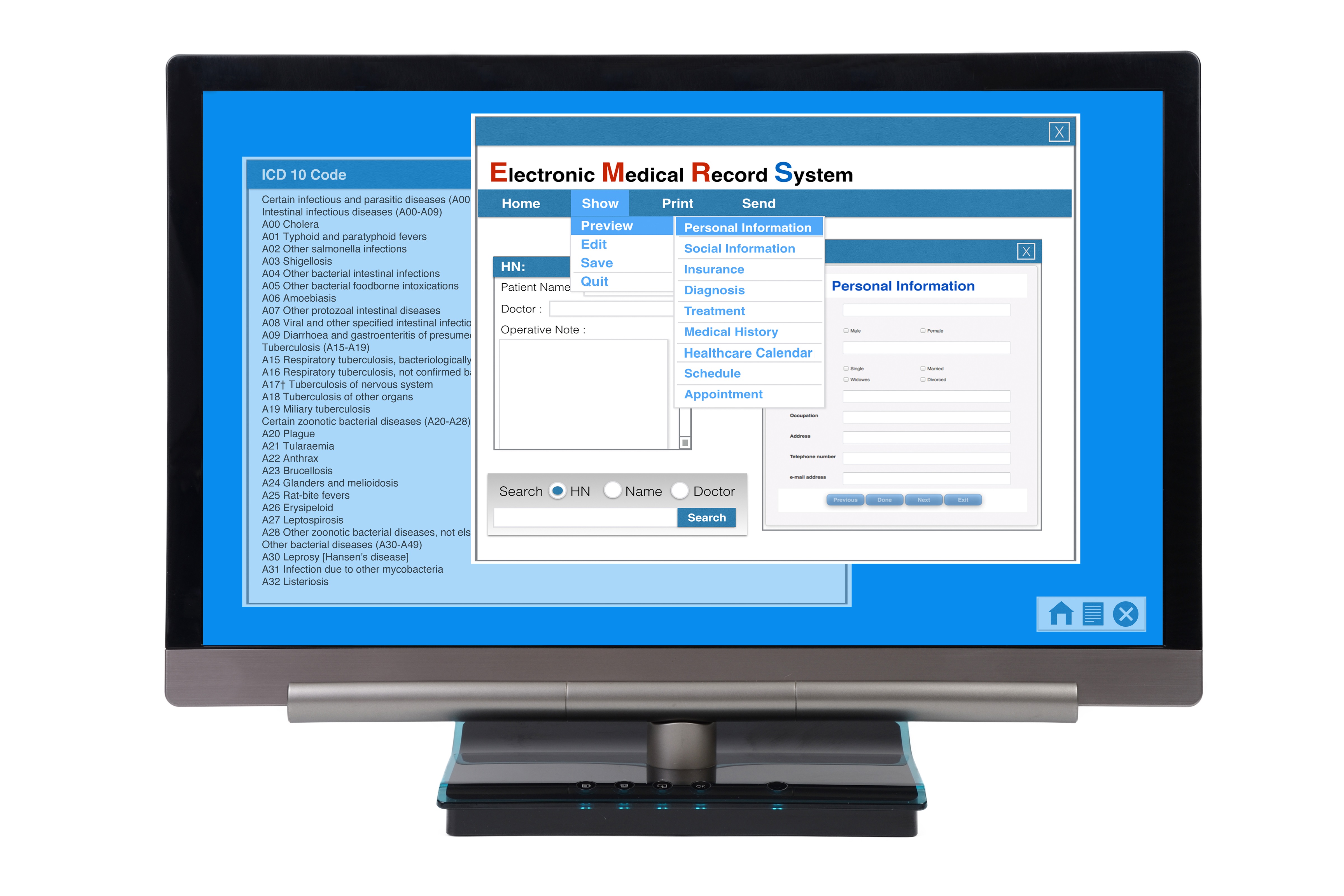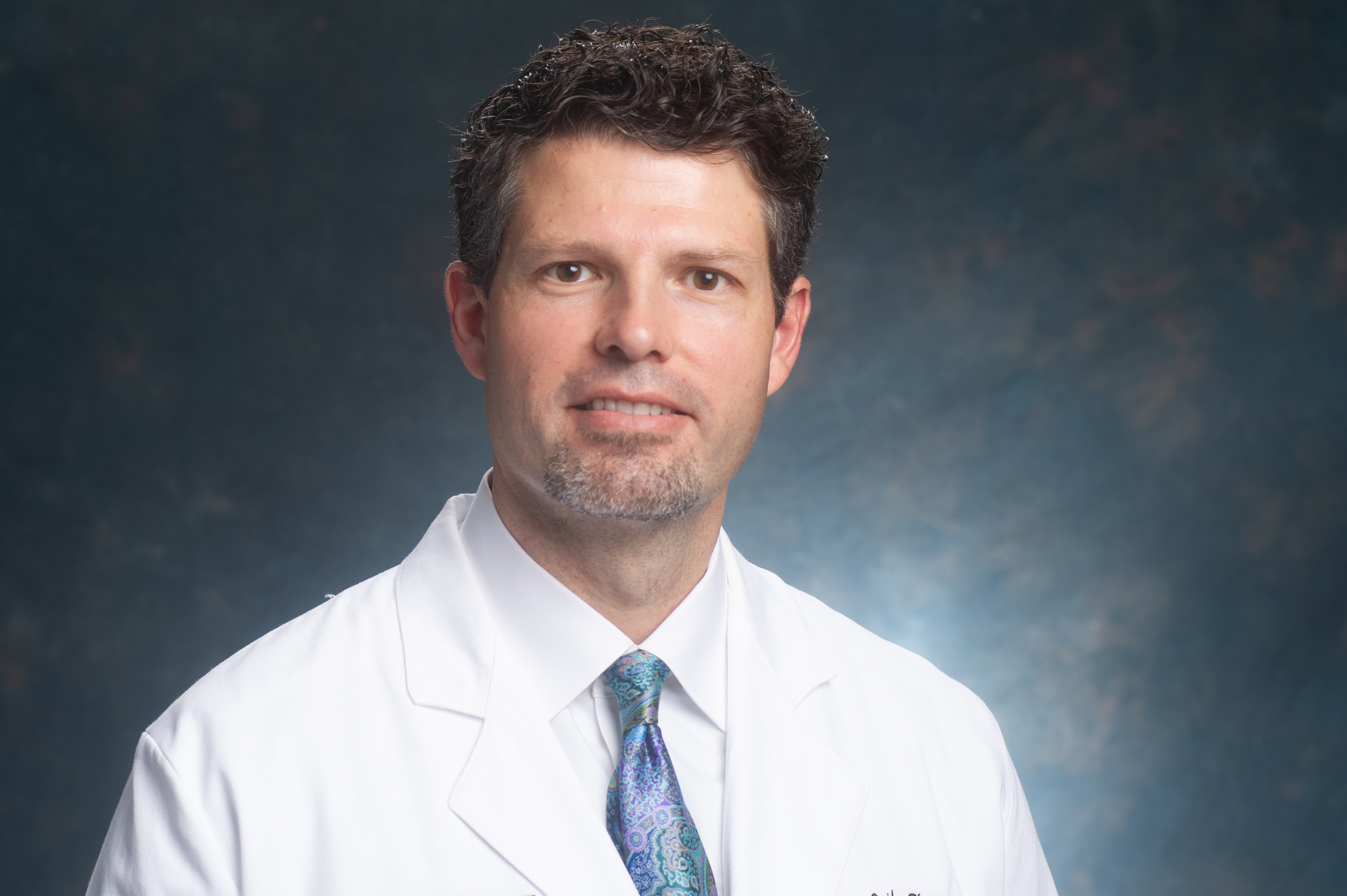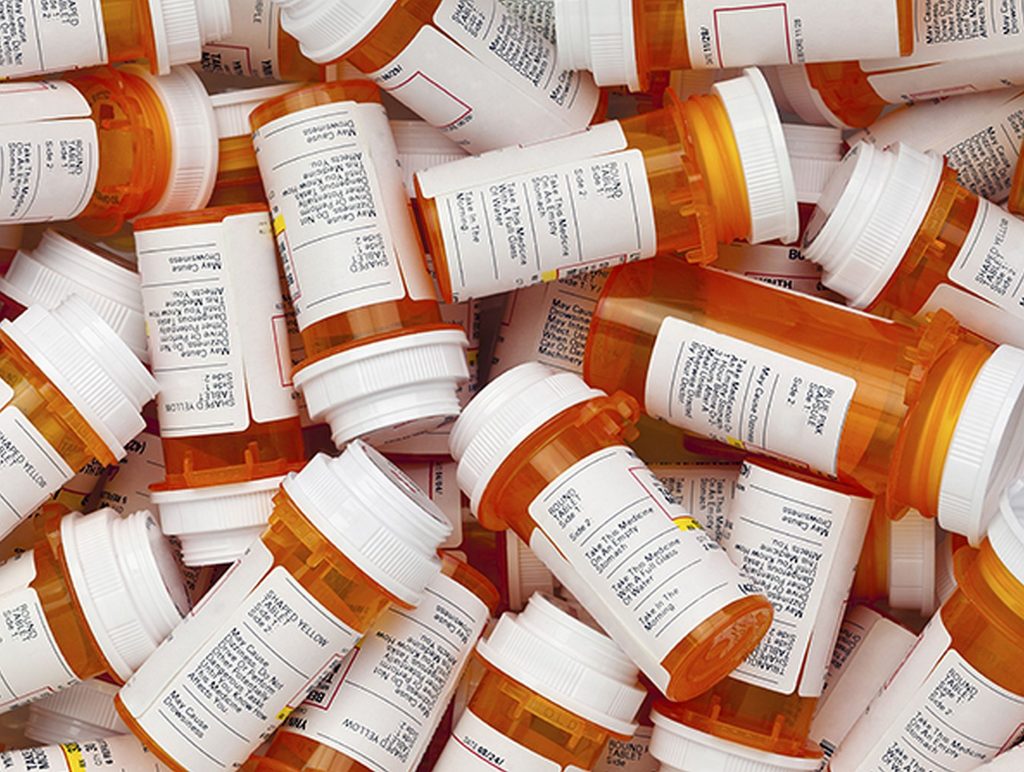In the first year after the sudden removal of a requirement that prescribers get special permission to prescribe medication for opioid addiction, a study finds more prescribers started providing it, but the number of patients receiving it didn’t rise very much.
Tag: Opioid Use Disorder
JAMA study examines facilities’ low use of monthly injections for treating opioid addiction
Researchers from the University of Chicago had a paper published in JAMA that dug into data on why so few mental health and substance use facilities opted not to use long-acting injectable buprenorphine to help people with opioid use disorder.
AANA Applauds Addition of CRNAs To SAMHSA Practitioner List
In a recent final regulation issued by the Substance Abuse and Mental Health Services Administration (SAMHSA), CRNAs, also known as nurse anesthesiologists or nurse anesthetists, have been permanently added to the definition of a practitioner who is appropriately licensed by a state to prescribe and dispense medications for the treatment of opioid use disorder (OUD).
UK researchers lead study identifying varied factors in buprenorphine users and urine drug testing
A study by a team of researchers across the country, including two from the University of Kentucky, is the first to demonstrate a connection between the characteristics of patients receiving buprenorphine for opioid use disorder and the use of urine drug testing.
URI, UMass Chan Medical School researchers developing high-tech armband to help people with opioid-use disorder
The opioid epidemic has continued unabated since its start in the 1990s. According to the Centers for Disease Control and Prevention, nearly 280,000 people in the U.S, died from overdoses involving prescription opioids from 1999 to 2021.
Study Identifies Pitfalls, Solutions for Using AI to Predict Opioid Use Disorder
Researchers examined peer-reviewed journal papers and conducted the first systematic review analyzing not only the technical aspects of machine learning applied to predicting opioid use, but also the published results.
Study Shows Differences in How Patients With Heroin Use Disorder Process Drug and Reward Cues
Findings may help inform the development of intervention and prevention strategies
University of Kentucky physicians push for standard-of-care opioid treatment for incarcerated patients
In a recently published commentary, UK HealthCare physicians call for standard-of-care treatment for opioid use disorder (OUD) among patients who are incarcerated.
Expert calls for reforms to address the overdose crisis
At the end of 2022, the federal government eliminated the “X waiver,” a major hurdle to providing addiction treatment, but progress needs to be continued, according to the authors of a new Perspective piece published in the New England Journal of Medicine.
Study: Treatment for opioid addiction lags despite policies designed to increase it
Treating opioid addiction should be much easier now than it was a few years ago, thanks to pandemic-era rule changes that aim to improve access to buprenorphine, a medicine proven to help in recovery. But a new study shows prescriptions and adherence rates have remained flat.

NIH Awards Researchers $7.5 Million to Create Data Support Center for Opioid Use Disorder and Pain Management Research
Researchers at Wake Forest University School of Medicine have been awarded a five-year, $7.5 million grant from the National Institutes of Health (NIH) Helping End Addiction Long-term (HEAL) initiative. The NIH HEAL initiative, which launched in 2018, was created to find scientific solutions to stem the national opioid and pain public health crises.
How AI Can Help Design Drugs to Treat Opioid Addiction
ROCKVILLE, MD – Approximately three million Americans suffer from opioid use disorder, and every year more than 80,000 Americans die from overdoses. Opioid drugs, such as heroin, fentanyl, oxycodone and morphine, activate opioid receptors. Activating mu-opioid receptors leads to pain relief and euphoria, but also physical dependence and decreased breathing, the latter leading to death in the case of drug overdose.
Outpatient Visits Are Critical to Success of Treating Opioid-Use Disorder, Researchers Find
Rutgers researchers find that patients in treatment for opioid use disorder are more likely to stay in treatment if they participate in multiple outpatient visits early in their care.
Novel Approach for Educating Prison Populations About Medication for Opioid Use Disorder
An educational campaign by Rutgers and the NJ Department of Corrections is first in nation to use direct-access video to reduce disparities in education about opioid treatment
Improving release process and treatment after incarceration may reduce opioid overdoses.
New research from Tufts University School of Medicine suggests critical changes to the process of transitioning people out of jail while on substance use treatment can reduce opioid deaths among the highly susceptible population.
Telehealth by phone & video proves a lifeline for veterans with opioid addiction
Phone-based and video-based telehealth visits both helped veterans with opioid addiction stay on buprenorphine medication to treat their opioid use disorder during the pandemic. The findings could inform telemedicine policy.

COVID-19 Pandemic Curtailed Young Adults’ Access to Addiction Treatment
A study analyzing prescription claims for a drug used to treat opioid addictions found that adolescents and young adults were less likely than usual to get treatment during the COVID-19 pandemic, especially if they were covered by private, commercial health insurance.
Diverted Buprenorphine May Help Prepare People With Opioid-Use Disorder for Treatment
New research finds people who were using buprenorphine obtained without a prescription were more likely to remain in treatment for opioid-use disorder, underscoring need to expand access to this medication.
Hepatitis C Infections Among Pregnant People Increased Substantially Between 2009 and 2019
The leading cause of HCV in the U.S. is injection drug use as a result of opioid use disorder (OUD), which has seen a rise in most populations, including pregnant people, in recent years. HCV rates have also risen. Between 2009 and 2019, the overall rate per 1,000 live births of HCV in pregnant people increased from 1.8 to 5.1.
Surgery, Buprenorphine, and Patients in Recovery from Opioid Use Disorder
With the reintroduction of powerful narcotic opioids to manage acute pain, surgery can be a make-or-break time for patients in recovery from opioid use disorder (OUD). For those using buprenorphine as part of their recovery process, the stress, anxiety and risk can be amplified if, as is often the case, they are directed to stop using the buprenorphine ahead of their surgery.
Scaling the Model of Care for Patients with Opioid Use Disorder
Data show that concurrent with the opioid overdose crisis, there has been an increase in hospitalizations of people with opioid use disorder (OUD). One in ten of these hospitalized medical or surgical patients have comorbid opioid-related diagnoses.
Study Finds Improvement for Those Receiving Medication for Opioid Use Disorder With Contingency Management Used
A systematic review and meta-analysis found that using contingency management (CM) at end-of-treatment improved outcomes on six common clinical problems during medication for OUD (MOUD): psychomotor stimulant use, polysubstance use, illicit-opioid use, cigarette smoking, therapy attendance, and medication adherence.
Co-locating Contraceptive Services & Opioid Treatment Programs May Help Prevent Unintended Pregnancy
More than 75% of women with Opioid Use Disorder report having had an unintended pregnancy, but they are less likely to use effective contraception compared to women who do not use drugs. Results from a multi-year trial found that a two-part intervention featuring co-located contraceptive services in opioid treatment programs and financial incentives could offer an effective solution.
Secret Shopper Study Sheds Light on Barriers to Opioid Treatment for Women
After a 2020 Vanderbilt University Medical Center study showed women have a difficult time accessing treatment for opioid use disorder (OUD), investigators analyzed comments received from the study’s participants to further shed light on barriers to care, which included everything from long on-hold times to difficult interactions with clinic receptionists during phone calls seeking appointments.
Rutgers Expert Available to Discuss New Loosened Restrictions for Prescribing Buprenorphine
Lewis Nelson, professor and chair of emergency medicine at the Rutgers New Jersey Medical School, is available to discuss the loosened restrictions in prescribing buprenorphine to treat opioid use disorder, an issue many physicians have advocated for to help reduce…
Medication Access for Opioid Use Disorder Lower Among Those Involved with Criminal Justice System
Among people with opioid use disorder (OUD), more than half have reported contact with the criminal justice system. A new study published today in Health Affairs reveals that Medicaid expansion is associated with substantial improvements in access to medications for OUD. However, the study also reveals that individuals referred for treatment by the criminal justice system were substantially less likely to receive medications for OUD as part of the treatment plan.
Foundation for Opioid Response Efforts (FORE) Announces Grants Totaling $1.3 Million to Assess Impact of COVID-19 on Opioid Use Disorder Treatment and Equity
The coronavirus pandemic has led to several temporary regulatory relaxations and policy innovations in treatment for opioid use disorder aimed at making it easier for those seeking care to access treatment without risking in-person interactions. The Foundation for Opioid Response Efforts (FORE) today announced it is providing grants totaling $1.3 million to six organizations to assess the impact of these temporary measures and inform future policies to improve access and promote equity for the treatment of opioid use disorder.
Financial Incentives for Hospitals Boost Rapid Changes to Opioid Use Disorder Treatment
In a study at Penn researchers found that Pennsylvania’s financial incentive policy encouraged hospitals to enact rapid changes to support treatment for opioid use disorder for patients visiting the ED, and evaluates the efficacy of the Opioid Hospital Quality Improvement Program.
Analysis finds gaps in care in treating opioid use disorders during pandemic shutdowns
Study finds no decrease in prescription fills or clinician visits in the first three months of the COVID-19 pandemic for patients recently receiving opioid use disorder therapy.
On the flip side, the study found that during this period fewer people started new treatment for opioid use disorder and fewer urine tests were given across both new and established patients.
Findings identify strengths and weaknesses in telemedicine’s role for opioid use disorder during shutdowns and can inform strategies for improvement.
Understanding Impacts of COVID-19 on Substance Use Disorder and Treatment
A Rutgers expert discusses the many impacts of COVID-19 on people with substance use disorder and what treatment providers, policymakers and researchers are doing to help.

Opioid Use Disorder? Electronic Health Records Help Pinpoint Probable Patients
A new study suggests that patients with opioid use disorder may be identified using information available in electronic health records, even when diagnostic codes do not reflect this diagnosis. The study demonstrates the utility of proxies coding for DSM-5 criteria from medical records to generate a quantitative DSM-5 score that is associated with opioid use disorder severity. The study methods are unique in deriving a severity score that aims to mirror severity scores from more traditional interview-based diagnostic procedures.

Patients’ Access to Opioid Treatment Cumbersome
The “secret shopper” study used trained actors attempting to get into treatment with an addiction provider in 10 U.S. states. The results, with more than 10,000 unique patients, revealed numerous challenges in scheduling a first-time appointment to receive medications for opioid use disorder, including finding a provider who takes insurance rather than cash.
10 Percent of Patients Continue to Use Opioids Three to Six Months After Heart Surgery
Nearly 10 percent of patients who are prescribed opioid medications following heart surgery will continue to use opioids more than 90 days after the procedure, according to a new study led by researchers in the Perelman School of Medicine at the University of Pennsylvania.
Follow-up Treatments After Opioid Overdose Rare Among Insured Patients
Of nearly 6,500 commercially insured patients treated in EDs nationwide for an overdose or other opioid-related medical complications, only 16 percent accessed opioid use disorder (OUD) medications or another form of treatment within three months of the ED visit.

HEALing Communities Strategy Fast-Tracked Due to COVID-19
When Kentucky Gov. Andy Beshear announced the early release of some Kentucky inmates due to COVID-19 concerns, the team behind the HEALing Communities Study worked quickly to fast-track one of the evidence-based practices for preventing opioid deaths that was due to launch later this year: the distribution of naloxone to individuals at highest risk for overdose, particularly those being released from local jails.

Grant will fund pilot program to expand opioid use disorder treatment in Alabama
UAB is launching a pilot program aimed at getting more opioid users into treatment, using telemedicine in three rural counties and emploing the Alabama One Health Record®, a statewide health information exchange, to track outcomes in these patients.
Financial Incentives Boost Doctor Training in Opioid Treatment Medication
Offering $750 to emergency medicine physicians exponentially increased those trained to prescribe buprenorphine.
Nearly One-Third of Primary Care Providers Do Not View Medication Treatment for Opioid Use Disorder as Effective
A new survey of U.S. primary care physicians from researchers at Johns Hopkins Bloomberg School of Public Health found that nearly one-third, 32.9 percent, do not think treating opioid use disorder with medication is any more effective than treatment without medication.

Study Reveals Pharmacy-level Barriers to Treatment for Opioid Use Disorder in Appalachian Kentucky
A new study led by University of Kentucky researcher April Young and Emory University researcher Hannah Cooper shows that a number of pharmacies in the Appalachian region of Kentucky are limiting the dispensing of buprenorphine, a medication used to treat opioid use disorder (OUD).
Medication Treatments Led to 80 Percent Lower Risk of Fatal Overdose for Patients with Opioid Use Disorder than Medication-free Treatments
Patients with opioid use disorder (OUD) receiving treatment with opioid agonists (medications such as methadone or buprenorphine) had an 80 percent lower risk of dying from an opioid overdose compared to patients in treatment without the use of medications.
Outreach effective in connecting people who have opioid use disorder with long-term treatment
Proactive outreach, including knocking on the doors of individuals who recently overdosed on opioids, can be an effective way to engage more people who have opioid use disorder with long-term care, according to researchers at UTHealth.

Most Youths Surviving Opioid Overdose Not Getting Timely Treatment to Avoid Recurrence
A study of more than 4 million Medicaid claims records during a recent seven-year period concludes that less than a third of the nearly 3,800 U.S. adolescents and young adults who experienced a nonfatal opioid overdose got timely (within 30 days) follow-up addiction treatment to curb or prevent future misuse and reduce the risk of a second overdose.
Researchers receive nearly $5 million to curb opioid cravings
Two researchers from Penn State College of Medicine have received nearly $5 million from the National Institutes of Health to study whether an already-approved drug can be used to reduce cravings and prevent relapse in those struggling with opioid addiction.

Cannabis found not to be a substitute for opioids
The research team looked at all research on the effects of cannabis use on illicit opioid use during methadone maintenance therapy, which is a common treatment for opioid use disorder, and found six studies involving more than 3,600 participants.
UCLA to lead $25 million opioid study in rural America
Scientists from the UCLA Integrated Substance Abuse Programs will lead a $25 million National Institutes of Health study testing treatments, including the use of telemedicine, to help fight the opioid epidemic in rural America.